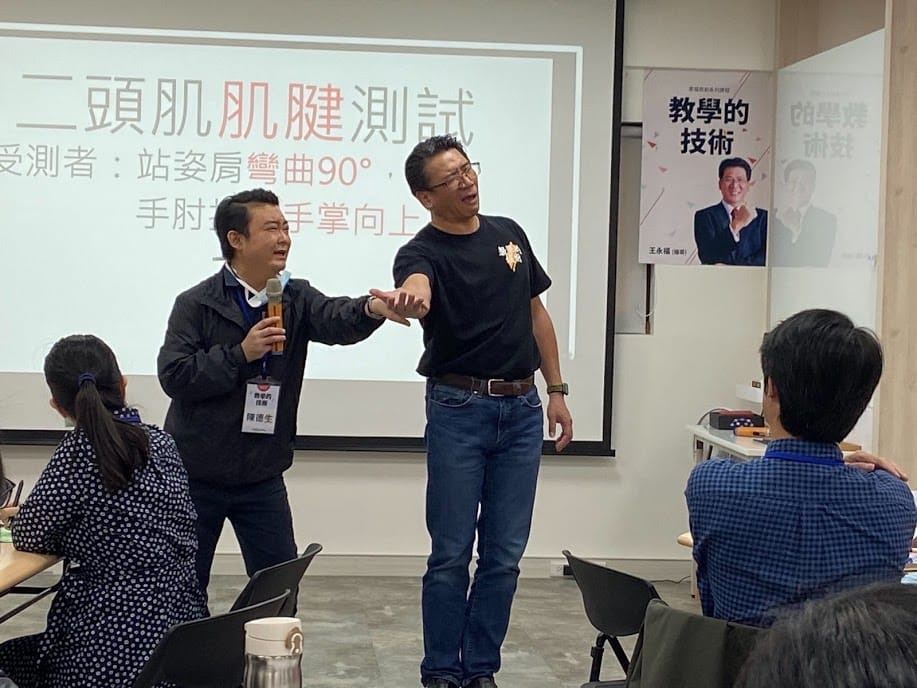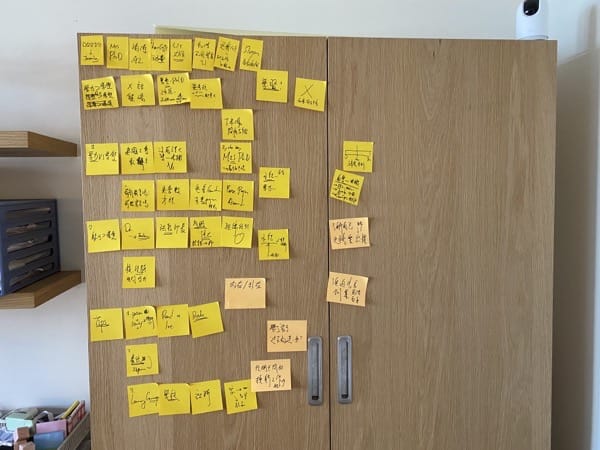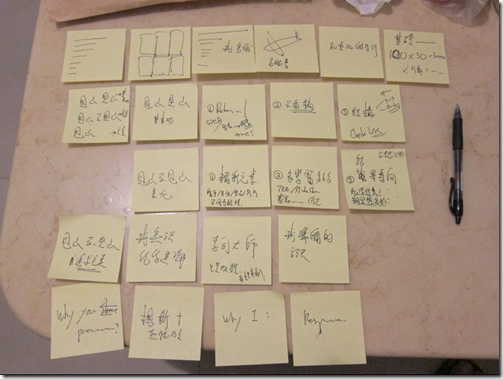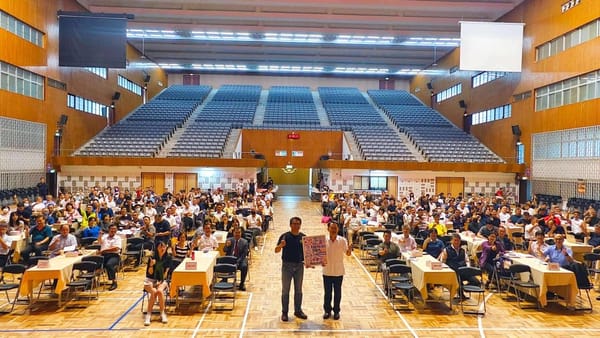What are the differences between Teaching Gamification, Game-based Teaching, and Educational Game Software?

Upon seeing the words in the title, such as "gamification in teaching," "game-based learning," and "educational game software"… I'm not here to play tongue twisters or games with everyone. In the following article, I will clarify these terms.
The reason I want to write this article is that in recent years, as gamification has gradually become popular, different teachers have different interpretations of gamification in teaching. Some teachers have started to incorporate games or activities into their courses, allowing students to learn through games; some teachers have turned courses into challenge games, deeply integrating games with the curriculum; some teachers have brought board games into the classroom, transforming the curriculum into board games; even more impressive, some have combined stories, scenes, and escape rooms, resulting in large-scale and well-designed learning games.
Another gamification faction believes in software, asserting that gamification in teaching should be combined with software or apps. From the simplest use of software for scoring and ranking or utilizing apps for quizzes, interaction, and testing, to further using game simulations or situation simulations; I've even heard of teachers planning to combine VR applications… These are all amazing.
However, the two developments mentioned above – educational games or game-based learning (not gamification, as I will explain later), as well as gamification in teaching through software – seem to have encountered bottlenecks for many teachers when starting. Many teachers are wondering: "I don't know how to transform teaching into games, nor do I know how to incorporate games into teaching. Some rigid knowledge or skills are not easy to package into stories, let alone software or apps."… Can gamification in teaching still be implemented under such circumstances?
Of course, it can! Because gamification in teaching, game-based learning (or learning through games), game simulation teaching, and gamified software… Although the words are similar, the meanings are quite different.
Educational games or game-based learning (also known as teaching games or learning through games)
Using gameplay to allow students to learn from games or activities. This concept has a long history. For example, I once led a "passing game" where everyone passed a small ball, using the fastest speed to pass it through each person's hands (one by one, not touching it simultaneously). Initially, everyone used the traditional passing method, and it took about 5-10 seconds for a group of 15 people. Then, I raised the requirements again: "Can you pass it through 15 people within one second?!" (Again, one by one, not touching it simultaneously). At this point, everyone began brainstorming, breaking through the traditional passing methods, and eventually, some groups would come up with the best passing method! Passing the ball through 15 people's hands within one second! (Have you figured out the method?). Finally, the teacher asked everyone to share their experiences and learnings from the game…
In game-based learning, various activities or games are designed, and after students participate, the most important aspect is the teacher's discussion and guidance. Students will gain different experiences from their participation. Sometimes, if the teacher leads well, there may even be deep learning. Examples include the "Red-White Cooperation" game (discussing competition, cooperation, trust, and betrayal), the Beer Game (a classic game in the Fifth Discipline book), or the Paper Cutting Game (discussing teaching, communication, and misunderstandings)… These are all excellent teaching games, allowing students to gain different learnings from sharing their experiences after the game.
However, educational games or game-based learning do not equal gamification in teaching! (I will explain later)
Game Simulation Teaching or Educational Game Software
I don't know if everyone remembers CAI (Computer-Assisted Instruction), which is computer-aided teaching. When I first started using computers 30 years ago, many educational software programs began to integrate with computers, using computer software for teaching assistance, and adding elements such as scores, levels, and upgrades to create educational game software. Now, my daughter's school still has online game teaching for subjects like English, Math, etc. For example, I quite like Starfall (teaching kids English and Math), and I have even subscribed to it before. There's also Typing Club, which teaches kids to familiarize themselves with typing on a keyboard, and has levels and mini-games. It's quite impressive. Additionally, there are online quizzes from Kahoot and memorization aids from Quizlet. These are all great software tools.
Taking it a step further, there's also software simulation teaching, like previous business management simulation software, where students have to make various investment management decisions such as pricing, marketing, personnel, investment, etc. The software then generates different decision outcomes, allowing everyone to further revise and calculate the final results based on the software's simulated management performance. More common examples include flight simulation or current VR surgery simulation, where software simulations create near-real scenarios but allow for risk-free learning. However, the development of such software can be time-consuming and costly, and customization for different courses may not be easy.
But, there's a difference between educational game software and gamification. To elaborate further: even without any software or apps, good teaching gamification can still be achieved.
Teaching Gamification
After discussing so much, what are the essential differences between teaching gamification, game-based teaching, and educational game software?
My favorite explanation comes from renowned gamification researcher Landers (2019), who said that the biggest difference is that "a user can learn directly from a game but not from gamification." He mentioned that "gamification is a teaching design method, not a teaching content." In layman's terms, gamification only adds some elements to the original course, making the course interesting and attracting students' participation and attention. However, what students learn is still the original teaching content, not from the gamification elements. For example, common gamification elements like points, rewards, and leaderboards (PBL) can motivate students to participate in the course, become more invested, and ultimately achieve better learning outcomes. But students don't learn any course content from the process of earning points, rewards, or climbing leaderboards. In my own words, "gamification in teaching is not for learning but for promoting learning." This is the biggest difference between teaching gamification and other forms of game-based learning or educational game software.
Similarly, interviews with 40 gamification teaching experts confirmed this viewpoint. Most gamification teaching experts do not need to bring games, board games, or role-playing into the course, nor do they need to use software or apps. Even the story component is not necessarily the most critical element. As long as gamification mechanisms and elements are applied honestly and transformed into the original teaching content, focusing on the teaching goals mentioned earlier, there's a chance for successful teaching gamification.
Of course, if you have good tools, software, or various role simulations at hand, it's possible to make gamification even more impressive. But these are not necessary conditions for teaching gamification! Making gamification simpler and easier to prepare beforehand allows more courses to be transformed into gamification, which is the core we need to learn further.




